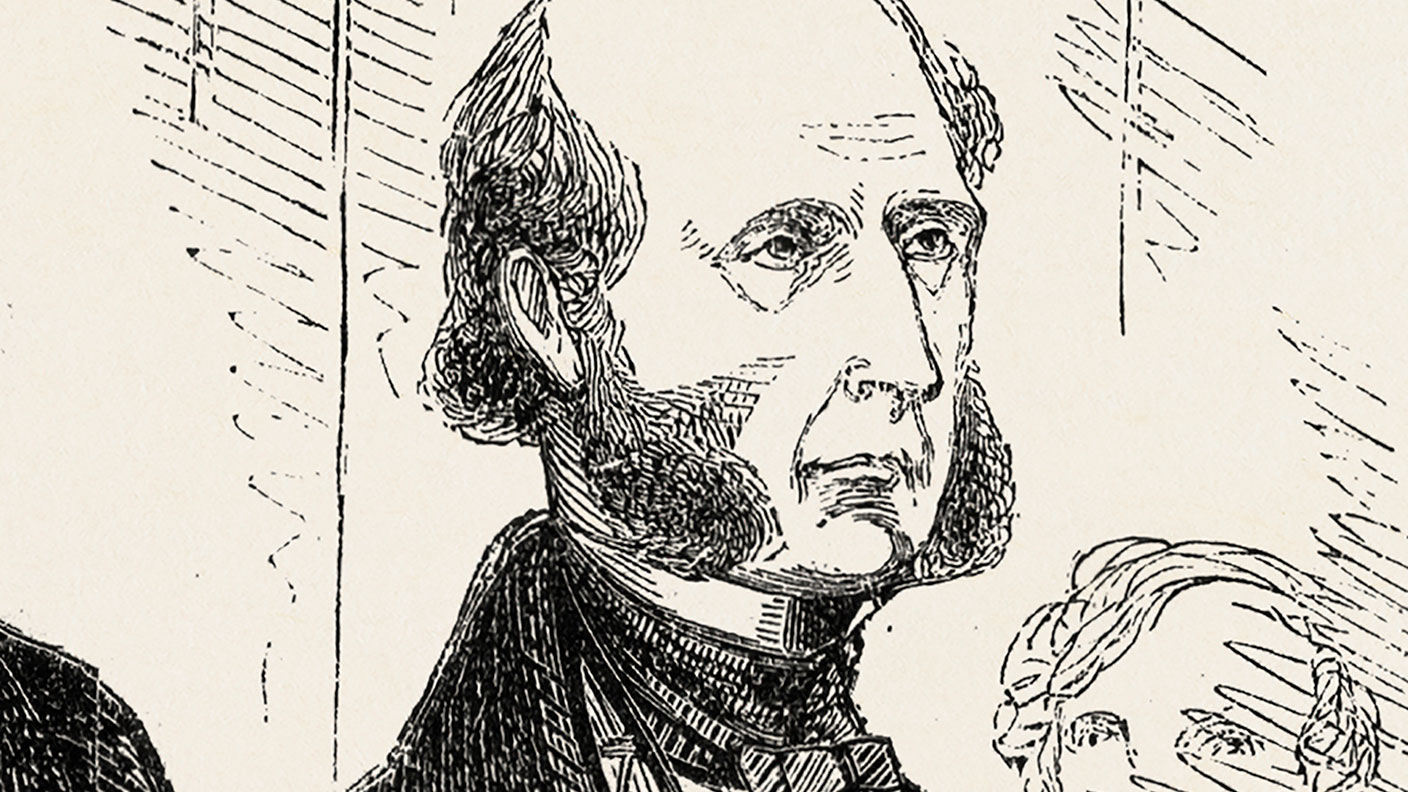Great frauds in history… William Strahan’s stolen bonds
Eton-educated William Snow, AKA William Strahan, inherited a huge fortune and joined the family bank. On the face of it he was a pillar of respectable society. But he and his partners sold investors' assets to bail themselves out when they went broke.


William Snow was born in 1807, going on to study at Eton and Cambridge before changing his name to William Strahan in 1830 in order to inherit a large fortune of around £200,000 (equivalent to £18m today) from his great uncle. Two years later he joined the family bank (then known as Snow, Snow, Strahan, Paul and Paul) as a partner. Over the next two decades his wealth and social position led to his being granted the honorary title of High Sheriff of Surrey as well as being appointed to the boards of various companies.
What was the scam?
By 1850 the bank was barely solvent, even taking into account the partners’ personal assets. Over the next few years things got even worse as they made large loans to support various unsuccessful projects, including railways in France and Italy, as well as a colliery in Mostyn in Wales, which ended up requiring increasing amounts of cash. In desperation they sold bonds that they were keeping on behalf of clients, hoping that they would be able to buy them back before the clients noticed that they were missing.
What happened next?
By 1854 Strahan and his two other partners, John Dean Paul and Robert Makin Bates, had run out of money to steal and rumours were flying around London that the bank was insolvent. John Griffith, canon of Rochester Cathedral and one of the bank’s oldest clients, went to the bank’s offices and demanded to withdraw £5,000 (£472,000 today) in bonds that they held on his behalf. Strahan confessed that the bonds had been sold, along with other bonds totalling £100,000 (£9.45m). Strahan and the other two partners were arrested, convicted and sentenced to 14 years in prison (though this was later reduced to three years).
MoneyWeek
Subscribe to MoneyWeek today and get your first six magazine issues absolutely FREE

Sign up to Money Morning
Don't miss the latest investment and personal finances news, market analysis, plus money-saving tips with our free twice-daily newsletter
Don't miss the latest investment and personal finances news, market analysis, plus money-saving tips with our free twice-daily newsletter
Lessons for investors
By the time the bank collapsed, its liabilities were £652,593 with only £127,670 in assets, leaving a deficiency of £524,923 (£49.5m). The bank’s depositors and creditors got some of their money back through the liquidation of the partners’ estates, but they would have to wait more than two decades, and even then would only get a fraction of what they were owed. Given that the bank’s dire position was mostly due to bad loans to two firms totalling £483,000 (£45.7m), the bank’s lending portfolio was clearly not diversified enough. The bank should also have been more ruthless in cutting its losses, rather than lending more money to doomed projects.
Get the latest financial news, insights and expert analysis from our award-winning MoneyWeek team, to help you understand what really matters when it comes to your finances.

-
 How cancelling unused direct debits could boost your pension by £37,000
How cancelling unused direct debits could boost your pension by £37,000A new year refresh of your spending could save you money and help boost your pension pot.
-
 NS&I cuts interest rates on 8 savings accounts
NS&I cuts interest rates on 8 savings accountsNS&I will now offer less attractive interest rates for customers wishing to lock their savings away to grow for one, two, three or five years.
-
 The political economy of Clarkson’s Farm
The political economy of Clarkson’s FarmOpinion Clarkson’s Farm is an amusing TV show that proves to be an insightful portrayal of political and economic life, says Stuart Watkins
-
 The most influential people of 2025
The most influential people of 2025Here are the most influential people of 2025, from New York's mayor-elect Zohran Mamdani to Japan’s Iron Lady Sanae Takaichi
-
 Luana Lopes Lara: The ballerina who made a billion from prediction markets
Luana Lopes Lara: The ballerina who made a billion from prediction marketsLuana Lopes Lara trained at the Bolshoi, but hung up her ballet shoes when she had the idea of setting up a business in the prediction markets. That paid off
-
 Who is Christopher Harborne, crypto billionaire and Reform UK’s new mega-donor?
Who is Christopher Harborne, crypto billionaire and Reform UK’s new mega-donor?Christopher Harborne came into the spotlight when it emerged he had given £9 million to Nigel Farage's Reform UK. How did he make his millions?
-
 Why Trustpilot is a stock to watch for exposure to the e-commerce market
Why Trustpilot is a stock to watch for exposure to the e-commerce marketTrustpilot has built a defensible position in one of the most critical areas of the internet: the infrastructure of trust, says Jamie Ward
-
 The return of Erik Prince, America's notorious mercenary
The return of Erik Prince, America's notorious mercenaryErik Prince, founder of the controversial private military group Blackwater, was shunned for pushing the boundaries of legality. He has re-established himself
-
 Big Short investor Michael Burry closes hedge fund Scion Capital
Big Short investor Michael Burry closes hedge fund Scion CapitalProfile Michael Burry rightly bet against the US mortgage market before the 2008 crisis. Now he is worried about the AI boom
-
 Chen Zhi: the kingpin of a global conspiracy
Chen Zhi: the kingpin of a global conspiracyChen Zhi appeared to be a business prodigy investing in everything from real estate to airlines. Prosecutors allege he is the head of something more sinister